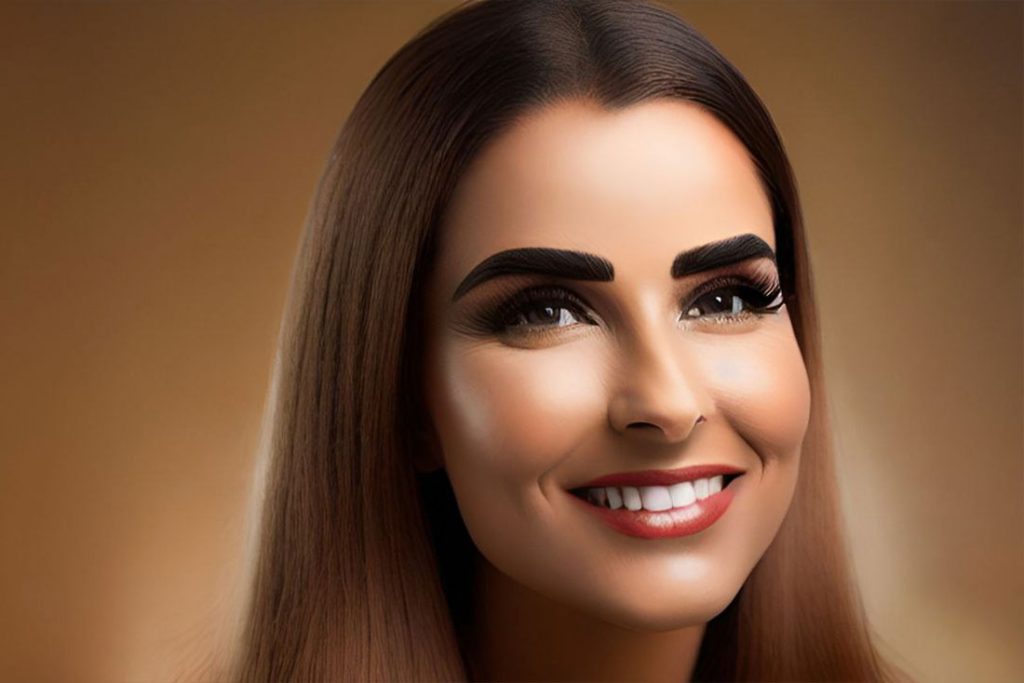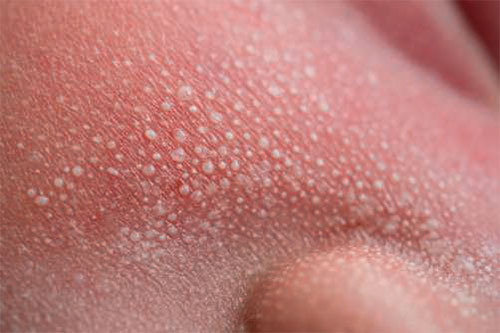Milia: Tiny Yet Noticeable. An In-depth Look at Keratin-Filled Cysts in Cosmetology Practice
Milia, small, benign, keratin-filled cysts under the skin, are common occurrences and can affect individuals across all age groups. They present unique challenges and considerations within the practice of cosmetology. This article aims to provide a comprehensive understanding of milia, from their formation to their removal, while emphasizing the cosmetologist’s role and the regulatory boundaries in managing these skin manifestations.

Cosmetology Practice
Understanding Milia
Milia are small, dome-shaped, whitish cysts that form under the skin, typically on the face around the eyes, cheeks, and forehead. They are similar in appearance to whiteheads but are harder to the touch and lack an obvious opening for expulsion of their contents.
These benign growths develop when tiny skin flakes become entrapped in pockets near the skin’s surface, leading to the accumulation of keratin, a protein that forms the structure of skin, hair, and nails. They’re often compared in size to a small sesame seed, with a firm, round shape.
While milia are commonly associated with newborn babies, where they are referred to as “milk spots,” they can occur at any age. They are generally harmless and do not cause pain or itching. However, their presence can cause aesthetic concerns for some individuals.

Role of a Cosmetologist in Managing Milia
Cosmetologists, while restricted in their capacity to remove milia, can play a significant role in identifying them and educating clients.
Identification: A primary role for cosmetologists is to accurately identify milia during skincare consultations. The ability to distinguish milia from other skin conditions like closed comedones or certain types of acne is crucial for recommending appropriate skincare advice.
Education: Cosmetologists are well-positioned to inform clients about milia, explaining their benign nature and potential causes. This educational role can alleviate any anxiety or misapprehension clients may have about these skin anomalies.
Skincare Guidance: Cosmetologists can provide tailored skincare advice to clients prone to developing milia. They can recommend gentle exfoliation methods and non-comedogenic skincare products to help prevent milia formation by promoting regular shedding of skin cells and reducing clogged pores.
Referral: Since the removal of milia often requires a minor skin procedure involving a lancet or needle, many states mandate that only licensed healthcare providers, such as dermatologists, carry out these procedures. Cosmetologists should refer clients desiring removal of their milia to a dermatologist to ensure safe and effective treatment.
Milia, while harmless, can lead to aesthetic concerns for clients. Cosmetologists play a crucial role in identifying these small cysts, educating clients, providing preventative skincare advice, and referring to dermatologists when removal is sought. In doing so, they provide a comprehensive approach to managing milia that aligns with state regulations and ensures the best outcomes for their clients’ skin health and satisfaction.






